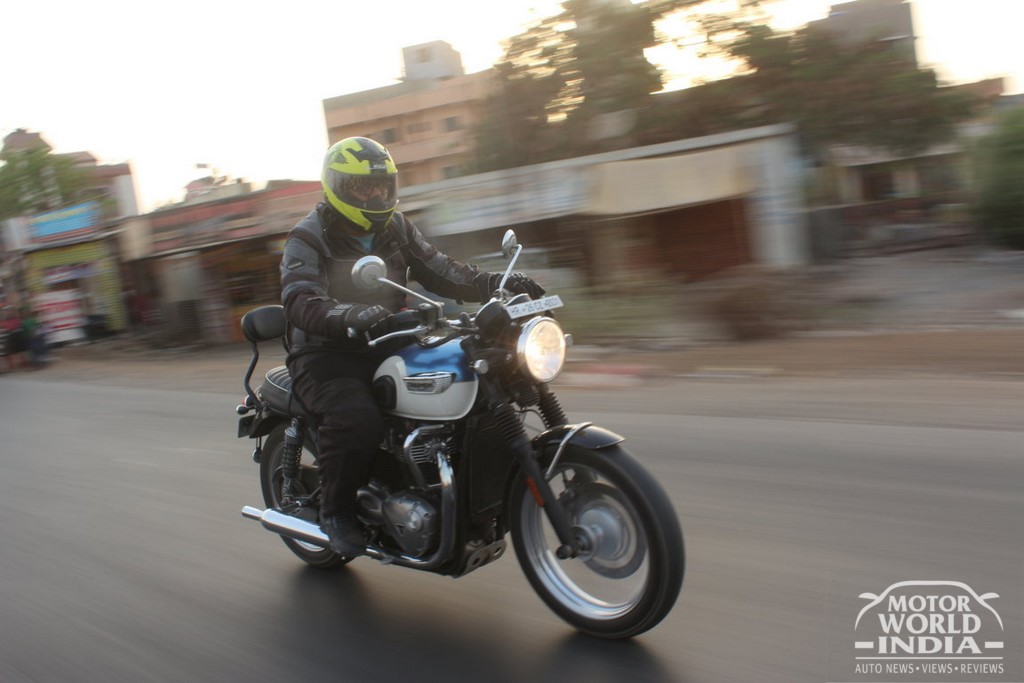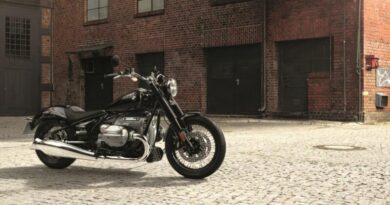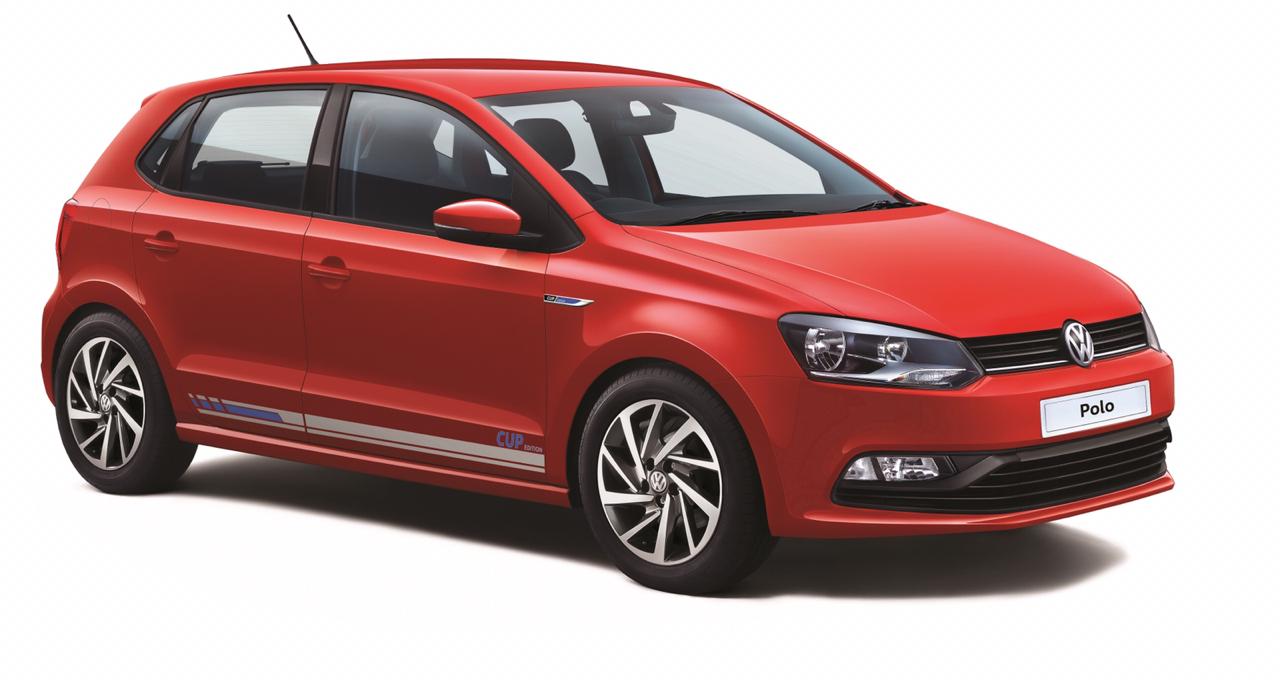BMW S1000 RR Roadtest Review – Mesmerizing & Magnificent
In a world where everyone seems to be going for adventure and touring motorcycles, is anyone still buying superbikes? What exactly have they been doing to the annals through history? The BMW S1000RR started its journey back in 2009 and was made specifically for the Superbike World Championship. BMW then made a limited run of 1000 bikes in order to satisfy all the homologation requirements, but after they got their fingers wet with this whole superbike thing in 2010 they decided to turn the RR into a production model and came with an insane advertisement which is safe to say – most of us have seen. For the first time, a street-legal superbike was equipped with extensive rider aids like ABS, riding modes, quick-shifter, traction control, etc.
Everything was well priced so the S1000RR had the competition scrambling to respond. Getting some minor and not so minor updates through the years the RR saw major improvements in 2015. However, for 2019 the motorcycle was completely redesigned sharing almost nothing with the preceding model. We at Motor World India, for the very first time in our history, bring you the exclusive and in-depth review of the all-new 2020 BMW S1000RR. It’s known as the crotch rocket and sometimes called the thinking man’s superbike. It took the boffins at BMW four years to make 2020 BMW S1000RR from scratch. Let’s get into the nitty-gritty and see what changes have been made to the all-new 2020 BMW S1000RR.
Heart of the Matter!
The heart of the new RR’s engine is a work of art and its weight has been reduced by a whopping four kilograms. Yes, you read that right! Four freaking kilograms! Another shocker is that it weighs less than the engine of BMW’s very own entry-level single cylinder motorcycle the G 310R. BMW’s variable valve timing technology aptly named ‘ShiftCam’ has been added to the equation and together with the world’s first ever hollow board titanium intake valves, show BMW’s obsessive approach towards weight loss and speed resistant rocker arms. This engine has become the new liter-class benchmark for anyone. Together with the new minuscule 8 grams DLC coated finger tappets; the rev range has been upped to 14,600 RPM from 14,200 RPM. Power has been increased to 207 BHP which is an increase of 8 BHP over the 2018 model with slightly more power in the middle of the rev-range between 5000-8000 RPM and again nearing the top-end from 12500 RPM. However, with the addition of the ShiftCam technology the torque figures see a massive change in the mid and top-end. A massive spike in torque can be seen from 4500-8000 RPM which translates to an ear-to-ear grin while swinging the bike around as well as quick lane changes.
Gizmos & Gadgets
All this power would be useless without an optimum way to control it and hence, the double-R is packed with electronics. Our correspondent who is not so fond of superbikes with his very limited knowledge/ experience of how to pilot one on a race track like the Buddh International Circuit (BIC) – not once was he overwhelmed by the motorcycle or its insane power. The massive 6.5 inch TFT instrument panel is clear and easy to read with several options of what and how the information is displayed. It’s easy enough to navigate but there’s so much going on that it’s hard to familiarize with it properly in a day. From the suspension to throttle response, traction control and wheelie control which have been separated for the first time ever. Engine braking settings and seven different riding modes are offered too; more on that later. There are hundreds of settings to completely customize the ride best suited to you and your riding style. The all-new 2020 BMW S1000RR is packed with electronics to make your ride safer and at the same time more fun.
The Frame Game!
The 2020 RR gets an all-new chassis setup called the Flex Frame which relies a lot more on the engine as the load-bearing component. The Flex Frame also contributed a lot in reducing the weight of the motorcycle compared to the 2018 model making the 2020 model the lightest machine in its class. The wheelbase is almost one centimeter longer than before at 1441mm and there is a new underslung swingarm which forces the rear tyre harder into the tarmac while on the gas. The rear shock absorber which is mounted vertically is a linked type suspension and the all-new front forks are now 45 mm in diameter with USD design. You also get optional Dynamic Damping Control (DDC) which is a computer controlled semi-active damping linked to the overall rider modes which further proves BMW’s obsession for allowing the riders to completely setup the motorcycle in any way they want. The rear shocks internal shim-stack can be altered as on the high-end non-electronic shocks to work alongside the electronic systems, an adjustment which wasn’t possible before.
Anchors!
Coming to the anchors (brakes), BMW has taken the same direction on this motorcycle as on most of its offerings. By dropping the Brembo callipers on the front and replacing them with Hayes Performance. This is the part where BMW goes about doing things; they don’t grab and tweak off-the-shelf components, but rather go to several suppliers with the required theoretical specifications and pick one that actually achieves their required results. The advantage for BMW is that their R&D costs for that specific component drops to zero while their strict specifications are still met. So, looking at the brakes for the double-R, Nissin still delivers the front master cylinder, Brembo delivers the discs and Hayes Performance is in charge of the callipers. In this configuration, all of BMW’s specifications for the braking system have been met and the brakes are nothing less than phenomenal. As long as the brakes work flawlessly, we at Motor World India don’t mind where the components are sourced from. Moreover, the adjustable lever gives superb feedback while the 6-axis IMU sensor linked to the motorcycle’s computer is doing all of the clever work to keep the front suspension from diving and the rear wheel from lifting and the tyres from losing any grip. A remarkable fusion dance worthy of an Oscar and by far the best and most efficient brakes that could have ever been used on a motorcycle.
Offerings!
The S1000RR is offered in two different paint schemes; Racing Red and the Stripy Motorsport. The base variant comes equipped with Dynamic Traction Control (DTC), Race ABS and four riding modes which include Rain, Road, Dynamic and Race. There are also different packages that you can configure your motorcycle with. The dynamic package adds next-generation Dynamic Damping Control (DDC), heated grips with three levels and cruise control. BMW has moved on from its HP4 terminology to its high-performance car-oriented and much better known ‘M’ status. The M-package adds carbon fiber wheels; chassis kit with the rear ride height adjustment and swingarm pivot, a lightweight lithium battery, a sport seat and for the world of race tracks and motor racing, the Riding Modes Pro option offers additional three riding modes (Race Pro 1-2-3) that are freely programmable on the top-end M-package variant. Another feature that comes with the ‘Pro Mode’ is Launch Control for the perfect race starts and hill start assist a feature which is mostly seen in cars and adventure motorcycles.
Verdict
If a bunch of really precise and clever little robots got together to design a superbike the S1000RR would be the one they would come up with. But, hold on, it was designed and developed by the Germans, so yeah it has to be perfect. More so with a starting price of Rs.18.5 Lakhs Ex-showroom for the standard variant, it’s a mouthwatering deal for a liter class motorcycle with a BMW badge. With class-leading ride and handling characteristics you just can’t go wrong with the all-new S1000RR. The M-package is what we would suggest you go with. It’s the lightest motorcycle amongst all of its competitors with a wet weight of just 193.5 kilograms. Makes the S1000RR just as light or even lighter than many middleweight categories of motorcycles and it handles better than its closest rivals without ever scaring the pants-off its rider and being extremely comfortable and well spaced out even for taller riders.
Review – Amit Shelar
Photography – Govind Gadekar



